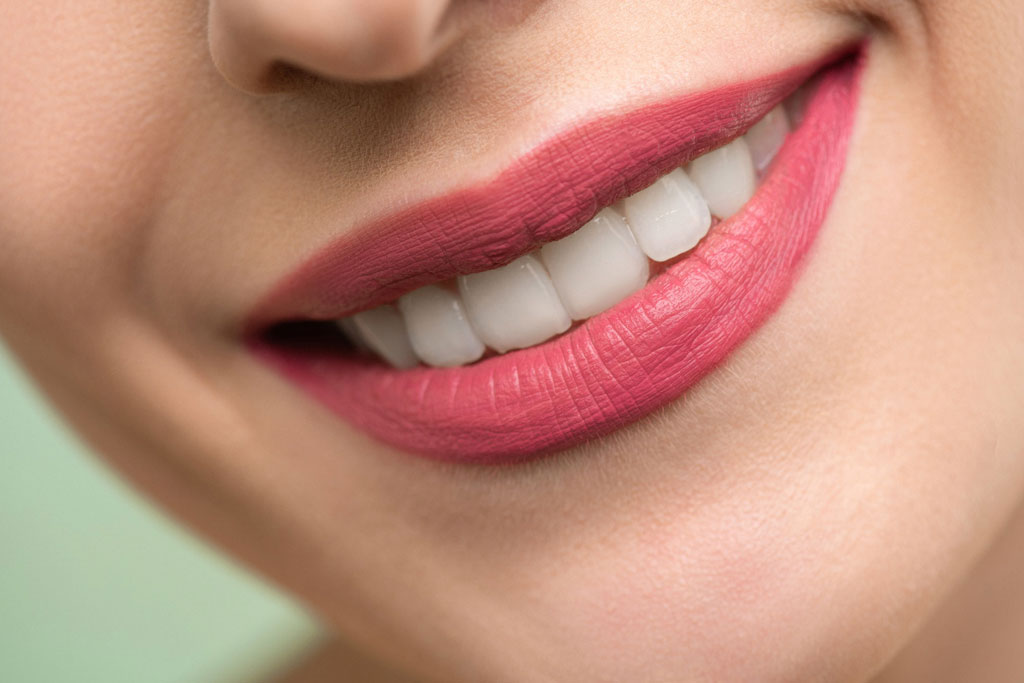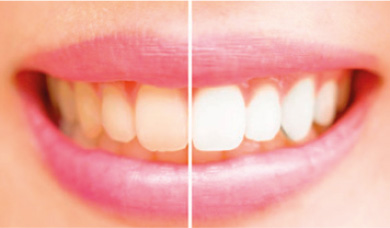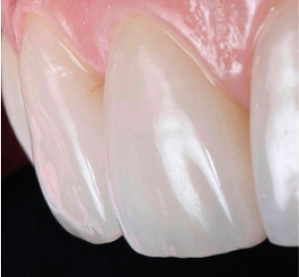Aesthetic Dentistry
Recently, dental aesthetics, along with aesthetic applications for appearance, attract attention....

Aesthetics and beauty is a desired concept since the creation of humanity. In today's world, a pleasing physical appearance is not important only in terms of social and emotional aspects, but also economically. The importance of the people to the physical appearance has become a necessity in modern society. Physically, the most recognizable body part is the face. The mouth and teeth, which are the most dominant part of the face, are of great importance in aesthetic terms in the overall composition.
With increasing aesthetic expectations, we, dentists, responsible for oral and dental health, have been carrying out the work we have done for the return of the lost function before, by functional and also aesthetics treatments. With the effects of computer technology on our profession, the concepts of "Digital Smile Design" and "Smile Design" have become popular and personal aesthetic practices have become widespread. Furthermore, speech which is one of the most important factors of communication (it is very important nowadays) is directly related with teeth and mouth, so this should not be ignored in treatments.
In which cases aesthetic applications are required for teeth ?
The jaw and tooth defects in the growth and development period are successfully treated with orthodontic treatments. Fixed denture applications are a matter for patients for who these treatments are not performed on time. The aesthetic applications in dentistry include the treatment of the disorders and defects related with color, shape and position of teeth, and the treatment of teeth losses from one tooth to edentation.
Before mentioning these applications briefly, it is necessary to emphasize that some defects that cannot be considered as a disorder in the teeth, such as aesthetic treatment in other parts of the body, are taken into consideration as aesthetic purpose only. In order to meet the aesthetic expectations, which can be evaluated as a subjective term, the existence of a large number of people who are unhappy about the problems that they may carry throughout their life should be considered.
What are the applications about dental aesthetics?
Aesthetic dentistry applications are, starting from the most protector, teeth whitening, treating the teeth or damaged parts with aesthetic filling materials, or covering the teeth with aesthetic materials partially or fully. Recently, some aesthetic dental applications such as teeth whitening, laminate veneer and zirconium veneer are discussed and asked.
What is theet whitening? Can be applied to every tooth?
 As in all medical sciences, preventive approaches are also important in dentistry. Whitening is the most protective application because it is performed without any tissue removal process. Although this method is known as whitening, it only lightens natural tooth color of the person.
As in all medical sciences, preventive approaches are also important in dentistry. Whitening is the most protective application because it is performed without any tissue removal process. Although this method is known as whitening, it only lightens natural tooth color of the person.
The discoloration of the teeth is caused by the form of externally and internally. External discoloration is caused by the factors such as coffee, tea, wine and cigarette and these are easily removed by the dentist. Internal dicoloration can be physiological, such as the darkening of the natural tooth color of the person with age. In addition, it may occur due to excessive fluorine, use of antibiotics in the tetracycline group or disorders in the structure of the tooth. Such kind of discolorations can be removed with special color-lightening materials applied by the dentist in the clinic or by the patient at home in the dentist's planning and supervision. The number of sessions is determined by the dentist depending on the cause and severity of discoloration.
What to do in more advanced disorders?
Whitening may not be successful on teeth with high degree of discoloration. Disorders may occur with various reasons (such as tooth fractures, decay etc.) with or without discoloration. Furthermore, the position disorders of the teeth can be also seen. The priority should be to protect the dental tissues in the treatment as much as possible.
 That the applications in which the visible part of the anterior teeth in aesthetic region are treated with little or no tissue removal are called "Laminate Veneer". In addition, considering the need for gluing ceramic on the surface of the tooth and the attention in the bite and chewing and the discoloration that may be occured in time, these applications should also be used in appropriate cases only. It should be also noted that laminate veneer should not be used in the cases where tissue must be removed from all surfaces of the teeth.
That the applications in which the visible part of the anterior teeth in aesthetic region are treated with little or no tissue removal are called "Laminate Veneer". In addition, considering the need for gluing ceramic on the surface of the tooth and the attention in the bite and chewing and the discoloration that may be occured in time, these applications should also be used in appropriate cases only. It should be also noted that laminate veneer should not be used in the cases where tissue must be removed from all surfaces of the teeth.
Although the covering of all surfaces of the teeth with aesthetic materials requires more removal of the tissue, this kind of treatment is still most used methods due to that the coating material will protect the tooth completely and the current materials have the same characteristics (in terms of resistance and aesthetics) as dental enamel which is the protective layer of the tooth.
What are the treatments when the tooth are lost?
In the case of tooth loss, the teeth at the front and behind of the gap are used as support by using these materials to treat the gap.
Treatment of missing teeth in the aesthetic or posterior areas can be performed by the placement of implants depending on the condition of the adjacent teeth and the number of tooth loss. Special methods are required for aesthetic adaptation of implants applied in the anterior region to natural teeth.
Which materials should be preferred?
 Recently, one of the most frequently asked questions about aesthetic dentistry is to determine which materials should be used and whether zirconium is the best material. High computer technology has facilitated the development and use of high-quality ceramics used in the mouth. Zirconium ceramics, which are resistant and aesthetic, have also become synonymous with computer technology. Zirconium ceramics have been replaced by metal alloys used as ceramic substructure for a period. In addition, metal-supported ceramics and different ceramic types used in crowns and bridges with fewer units are successfully applied.
Recently, one of the most frequently asked questions about aesthetic dentistry is to determine which materials should be used and whether zirconium is the best material. High computer technology has facilitated the development and use of high-quality ceramics used in the mouth. Zirconium ceramics, which are resistant and aesthetic, have also become synonymous with computer technology. Zirconium ceramics have been replaced by metal alloys used as ceramic substructure for a period. In addition, metal-supported ceramics and different ceramic types used in crowns and bridges with fewer units are successfully applied.




